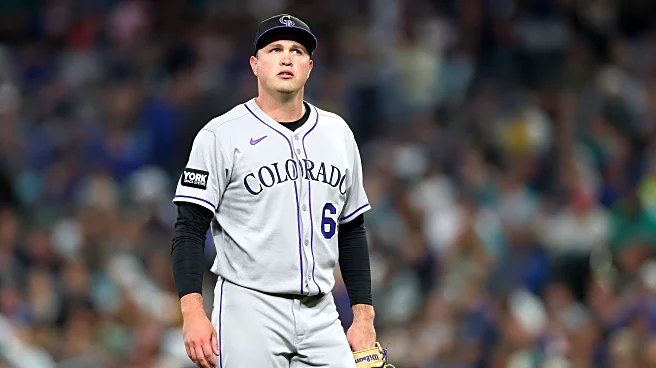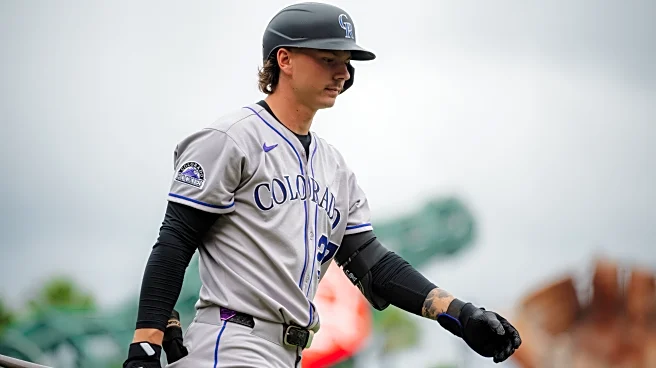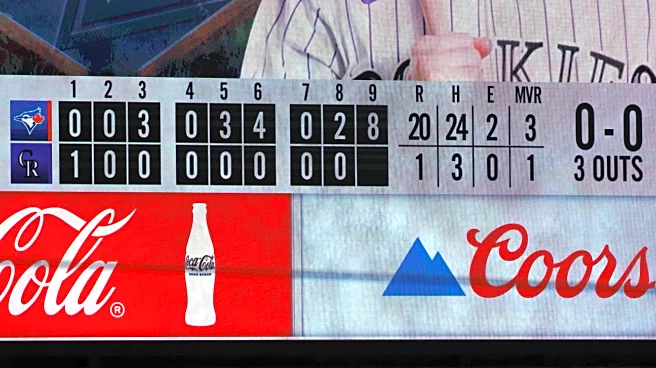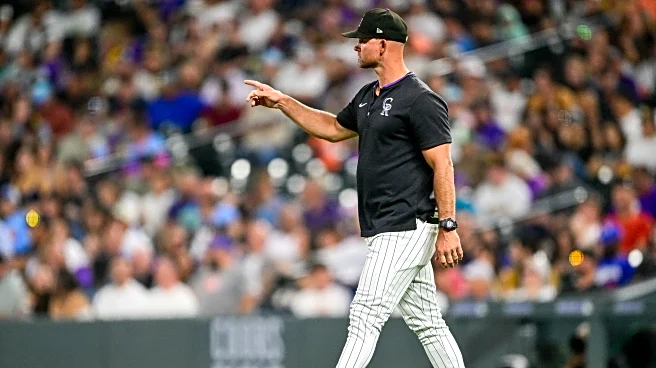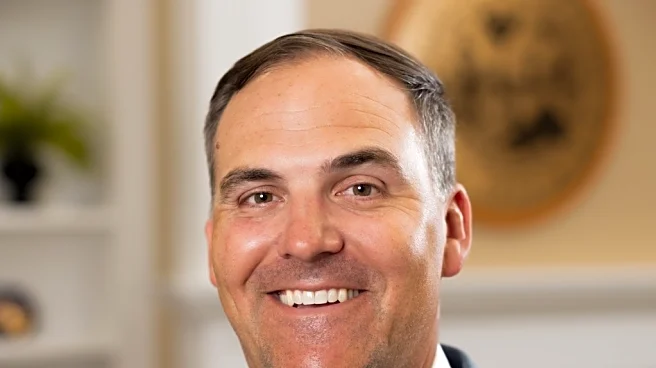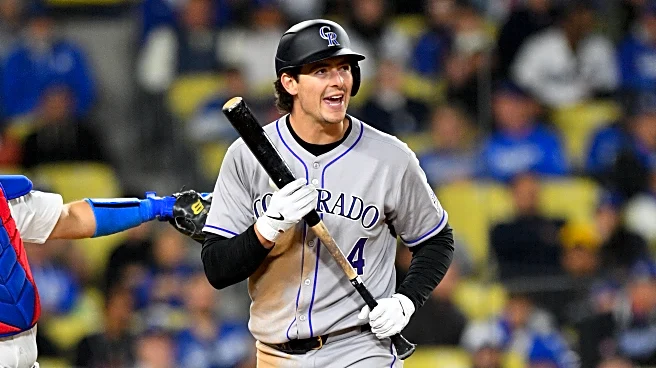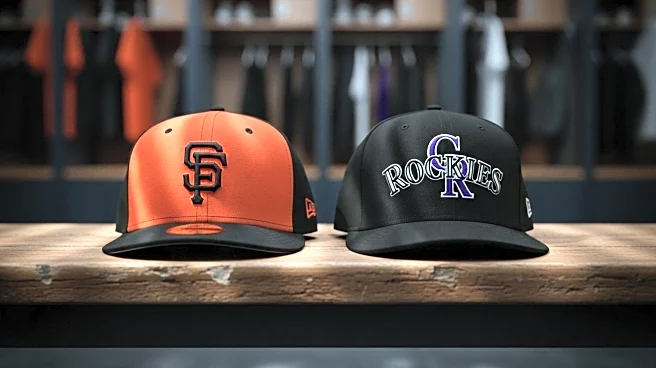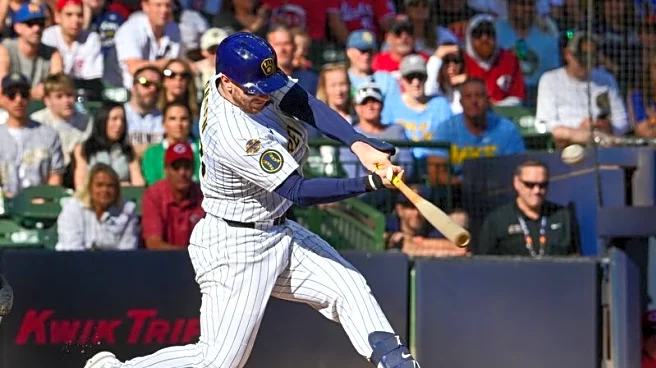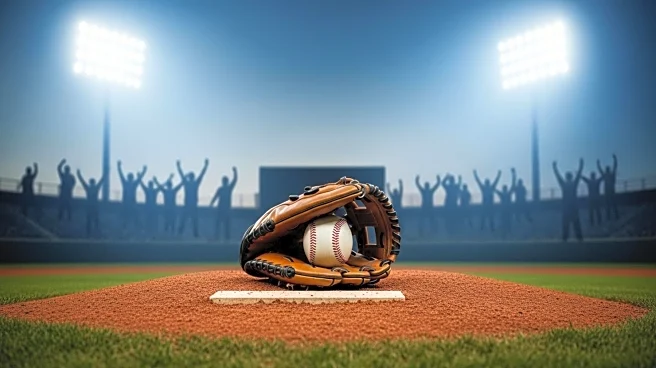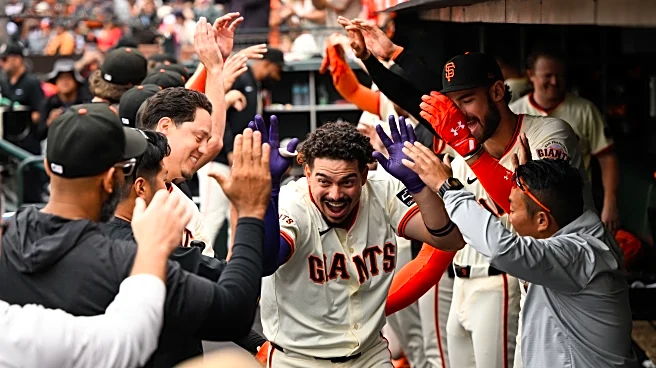Welcome to the 2025 edition of Ranking the Rockies, where we take a look back at every player to log playing time for the Rockies in 2025. The purpose of this list is to provide a snapshot of the player in context.
The “Ranking” is an organizing principle that’s drawn from Baseball Reference’s WAR (rWAR). It’s not something the staff debated. We’ll begin with the player with the lowest rWAR and end up with the player with the highest.
No. 55, Tyler Freeman (-1.3 rWAR)
Can you have a player who leads your team in batting average (among players with at least 350 at-bats and/or played in over 100 games) and on-base percentage, but also has the third-worst r-WAR?
Apparently so.
Coming in at -1.3, that is the curious case of Tyler Freeman and the Colorado Rockies in 2025. Freeman hit .281/.354/.361 with a .626 OPS with an 11.9% strikeout rate in 377 at-bats in 110 games. Of his 106 hits, 82 of them were singles, while he added 20 doubles, two triples, two homers, 31 RBI and 50 runs scored.
Theoretically, Freeman represents the kind of offense that interim manager Warren Schaeffer wants the Rockies to play at Coors Field: get hits, take advantage of the big outfield, put together rallies and score runs; it’s not all about power. Maybe, with more support around him, Freeman could have had even better numbers.
Still, his offensive WAR was good enough to be positive at 0.2. He also often drew praise from the Rockies TV broadcast crew, who would say a version of this call-back: “There’s another single for Tyler Freeman because” … and Ryan Spilborghs would say, “because he rakes!”
He did indeed rake. Freeman finished with the fifth-most hits on the team, despite having from 57-159 fewer at-bats than the four guys above him.
So how could his WAR be so bad?
Defense.
Freeman recorded a -1.9 WAR across 66 outfield games, mostly in right field with one appearance in left, 17 games at second and one game at third. Freeman also played 28 games at DH. This is where it got bad. Freeman was -10 in defensive runs saved in the outfield and -4 at second. He only made two errors, but his negative numbers represented his limited range and all the plays he wasn’t able to make.
While he was decent at the plate, the gamble the Rockies made in acquiring Freeman six days before the Rockies opened the 2025 season against the Tampa Bay Rays in Florida backfired because of his defense. Freeman came to Colorado in a trade for Nolan Jones, a rising star who at one point seemed to be the future face of the franchise.
Once Thario Estrada went down in spring training with a broken wrist, the Rockies opted for infield depth and a bat that could limit strikeouts and put the ball in play. In Colorado, Jones struggled with injuries and performance in 2024 and it resulted in the Rockies deciding to go in a different direction in 2025.
That direction was Freeman. Fitting the utility role the Rockies so value, Freeman — who can play in the outfield and at second and third base — was a second-round pick in the 2017 MLB draft and had played three seasons with Cleveland before becoming a Rockie.
In trading away Jones — who could make errors, but also was capable of amazing diving plays and outstanding outfield assists with his cannon arm — the Rockies got Freeman, who turned out to be a very sub-par utility player. However, Jones didn’t fare much better, posting a -1.0 WAR with the Guardians with -0.7 at the plate and -0.6 on the field.
Freeman was coming off his most playing time and best season of the 26-year-old’s career in 2024. In 118 games, Freeman posted his first positive rWAR at 0.9, but also dropped his batting average from .242 in 2023 to .209 in 2024. In 383 plate appearances, Freeman had a .305 on-base percentage, a .321 slugging percentage, and .626 OPS. His strikeout rate was only 13.8% with a walk rate of 7.3% and he scored 48 runs. So his 2025 numbers were an improvement at the plate with a batting average .072 higher than last season, an OBP .049 higher, a slugging percentage .040 higher and an OPS .089 higher, while decreasing his strikeouts. It could be the Coors Field bump, but his numbers at the plate were a bright spot for a bad offensive team.
Outside of his steady hitting, Freeman also had some noteworthy plays on the season. The first was when he was ejected after quietly disagreeing with a strike call, which wasn’t a strike to be clear, and that also led to Schaeffer’s first ejection of the season (his second came on Sept. 14 against the San Diego Padres).
Freeman also showed his grit when he scored despite Giants catcher Patrick Bailey blocking the path in a game on Sept. 3, resulting in a gnarly collision.
Freeman missed the last week of the season with back tightness with his last game coming against the Los Angeles Angels on Sept. 20 when he went 0-for-4.
The Rockies only had to pay Freeman $775,700 in 2025 and the team has control of him as he works through three arbitration seasons through 2028. Right now, it doesn’t seem like the benefits of Freeman’s bat are worth the cost of his glove. However, the Rockies need offense and if they can find a way to put him in the DH role more often, maybe he can have a more positive impact on the team in the years to come if the Rockies decide to hang on to him in 2026.
Please keep in mind our Purple Row Community Guidelines when you’re commenting. Thanks!

